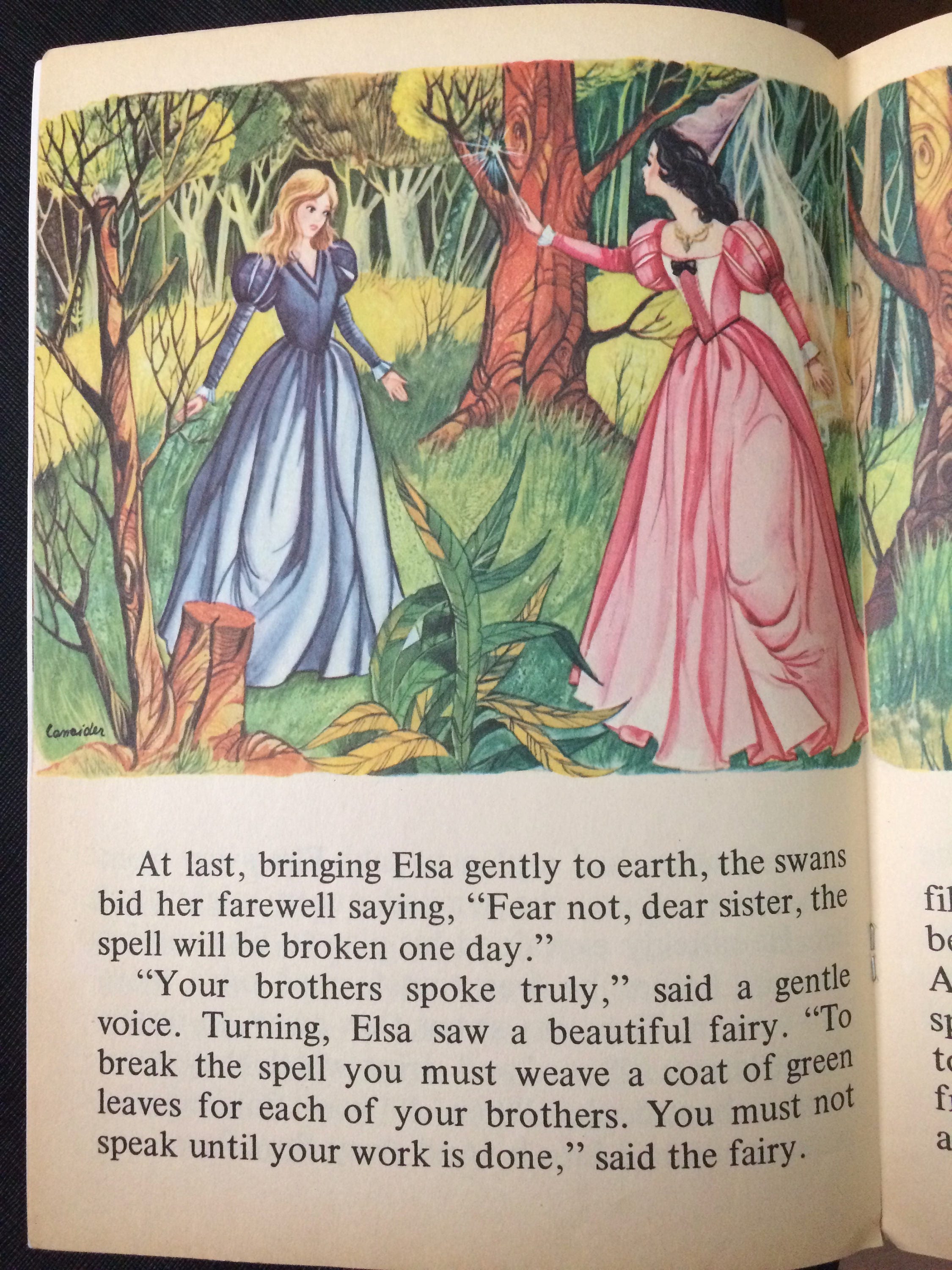
They are transformed back into human men (except for one, who still has a bird’s wing for an arm because his shirt was not quite finished). She carries her brothers’ shirts with her to the scaffold, and just as she is about to be killed, the boys return.

In a tragic coincidence, her death is slated for her final day of silence. In most renditions, she’s also tasked with crafting shirts out of special flowers or stinging nettles for the bird-boys, who will be restored the moment they wear them.ĭuring her years of silence, the Maiden marries a king from a neighboring land - but due to her strange, unexplained quietude, her mother-in-law accuses her of witchcraft and arranges for her execution. In every case, the Maiden’s fate remains the same: To reverse the curse, she must remain completely silent for several years. In others, their stepmother curses them herself.

In some versions of the story, the Maiden’s brothers turn into birds after she unknowingly disturbs a magical item. In all of them, it’s up to one young girl, “the Maiden,” to rescue a group of boys who’ve been turned into swans.

Ĭommonly known versions of “The Maiden Who Rescues Her Brothers” include the “The Seven Doves” by Giambattista Basile, “The Wild Swans” by Hans Christian Andersen, and three stories - “The Six Swans,” “The Seven Ravens,” and “The Twelve Brothers” - by the Brothers Grimm. But one in particular- Wanda Gág’s version of “The Maiden Who Rescues Her Brothers” - has stuck with me from the first time I picked up the 1982 picture book edition. There’s something inspirational about them, a little voice that whispers: Anyone can be a hero, including you.


 0 kommentar(er)
0 kommentar(er)
